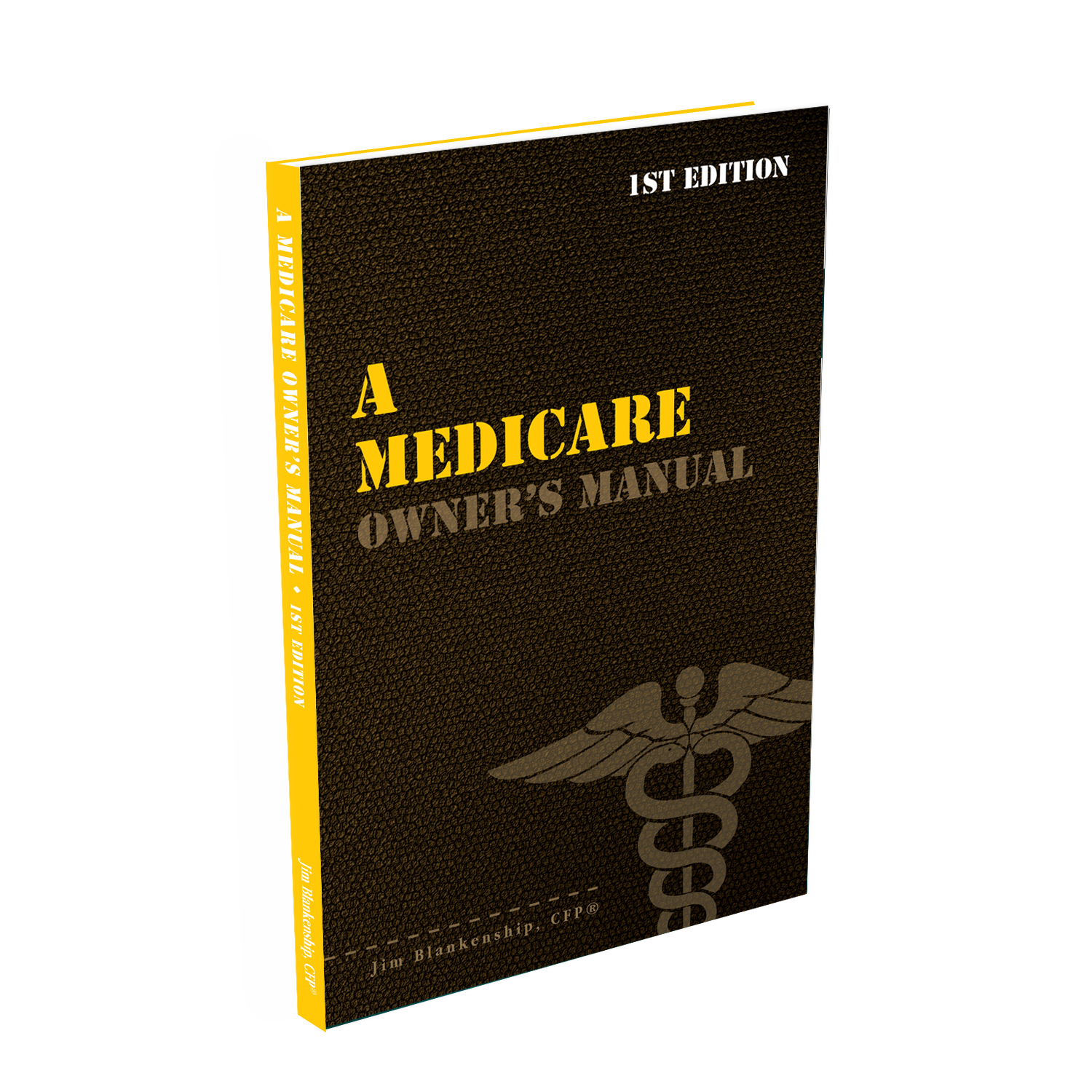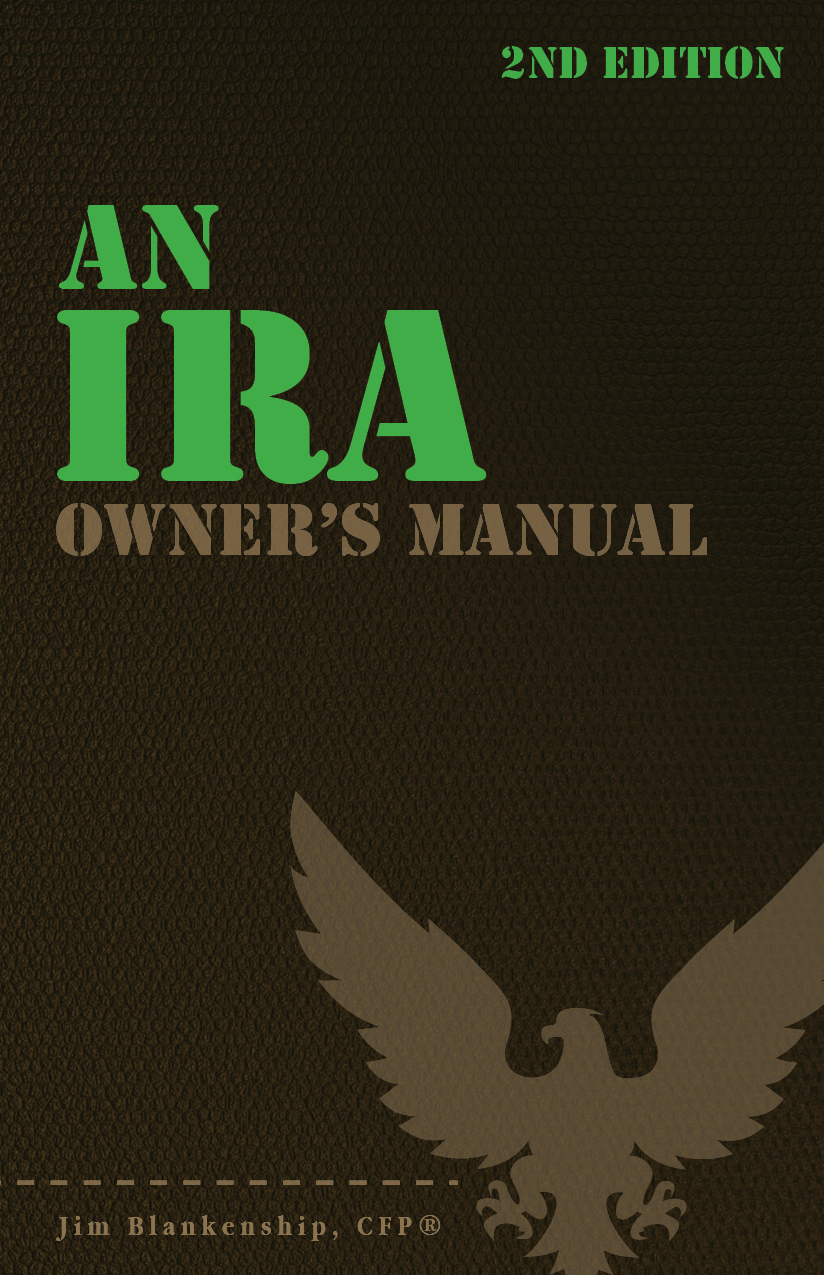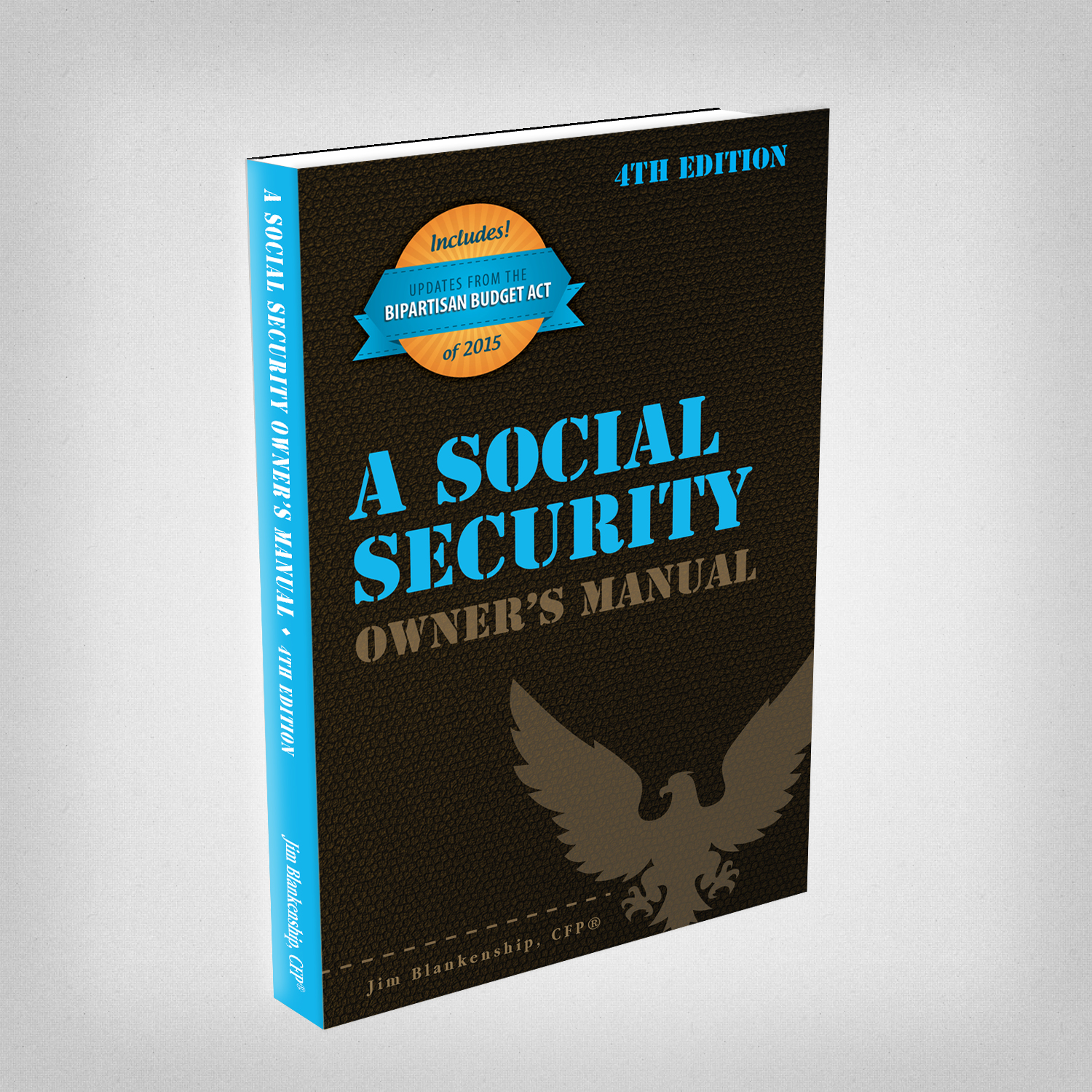
Photo credit: jb
The IRS has a couple of different ways to provide guidance, called Private Letter Rulings and Revenue Rulings. These rulings can be very important when determining if a particular position is valid in the interpretation of the IRS.
Recently the costs for these items has increased – as of February 1, 2019. The information below reflects the new costs.
A Private Letter Ruling (PLR) is a written decision by the IRS in response to a specific individual’s request for guidance, as it relates to that individual’s specific situation.
Private letter rulings are only binding on the IRS and the requesting individual, and as such cannot be cited as precedent for other cases. They do give insight as to what the IRS’ position may be on a particular situation of similar circumstances. Often, the IRS will take the information from a PLR and redact it for use as a Revenue Ruling, which is guidance for all taxpayers and which may be cited as a precedent.
PLR’s have significant costs associated with them: generally you must have a tax attorney prepare the request for you, which may cost anywhere from $5,000 to $15,000 depending upon the complexity of your case, and then the IRS charges a fee for delivering the PLR.
The basic user fee from the IRS is $30,000 (up from $28,300), but can be as little as $2,800 if the taxpayer’s income is less than $250,000. If the taxpayer’s income is between $250,000 and $1 million, the fee is $7,600. More details on these user fees can be found in IRS Internal Revenue Bulletin 2019-01, Appendix A.
Revenue Rulings, on the other hand, are administrative rulings that explain how the IRS applies the law to specific factual situations. As indicated previously, these rulings are for all taxpayers, and are published in the Internal Revenue Bulletin and the Federal Register.
Revenue Procedures are statements of procedure, rather than application of law (as in Rulings) – such as methods for filing and instructions. An example of the difference between a Revenue Procedure and a Revenue Ruling would be: A Revenue Ruling provides guidance on what items may be deducted as a part of your itemized deductions on Schedule A, such as the definition of state and local taxes. On the other hand, a Revenue Procedure explains how those deductions are treated, such as the $10,000 cap on state and local tax deductibility on your Schedule A.


 Sterling Raskie, MSFS, CFP®, ChFC®
Sterling Raskie, MSFS, CFP®, ChFC® The latest in our Owner’s Manual series, A 401(k) Owner’s Manual, was published in January 2020 and is available on
The latest in our Owner’s Manual series, A 401(k) Owner’s Manual, was published in January 2020 and is available on  A Medicare Owner’s Manual, is updated with 2020 facts and figures. This manual is available on
A Medicare Owner’s Manual, is updated with 2020 facts and figures. This manual is available on  Social Security for the Suddenly Single can be found on Amazon at
Social Security for the Suddenly Single can be found on Amazon at  Sterling’s first book, Lose Weight Save Money, can be
Sterling’s first book, Lose Weight Save Money, can be  An IRA Owner’s Manual, 2nd Edition is available for purchase on Amazon. Click the link to choose the
An IRA Owner’s Manual, 2nd Edition is available for purchase on Amazon. Click the link to choose the  Jim’s book – A Social Security Owner’s Manual, is now available on Amazon. Click this link for the
Jim’s book – A Social Security Owner’s Manual, is now available on Amazon. Click this link for the  And if you’ve come here to learn about queuing waterfowl, I apologize for the confusion. You may want to discuss your question with Lester, my loyal watchduck and self-proclaimed “advisor’s advisor”.
And if you’ve come here to learn about queuing waterfowl, I apologize for the confusion. You may want to discuss your question with Lester, my loyal watchduck and self-proclaimed “advisor’s advisor”.